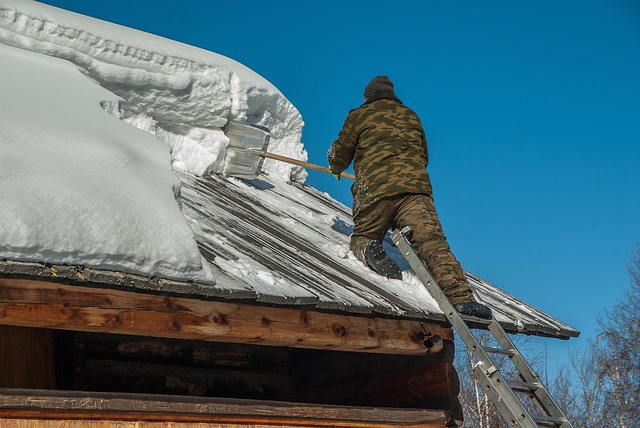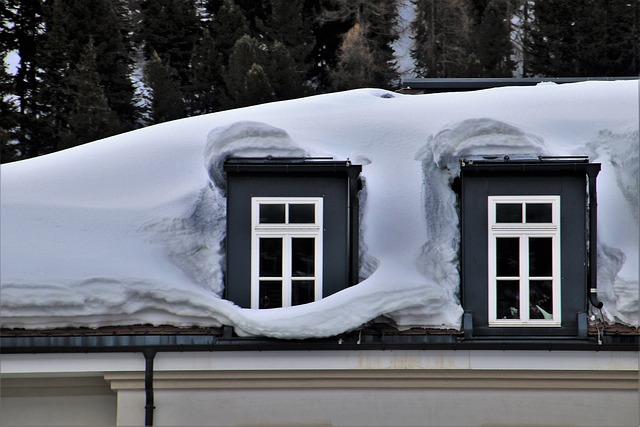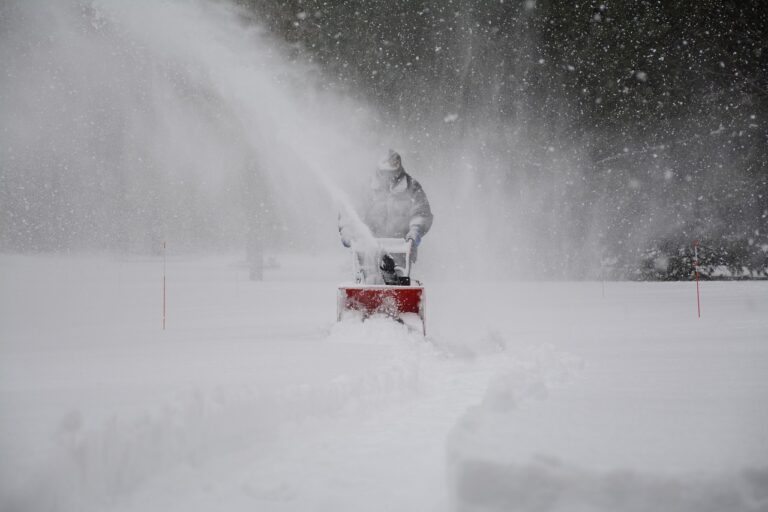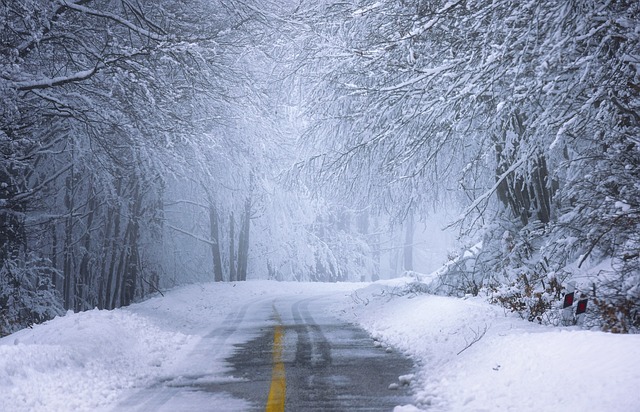How to Remove Snow and Ice Dams from Your Roof
Winters in Rochester Minnesota can be breathtaking, but they also bring a considerable challenge for homeowners: snow and ice dams on your roof. These icy formations not only pose a threat to your roof’s structural integrity but also can lead to water damage inside your home. In this comprehensive guide, we’ll walk you through the expert techniques and uncommon advice to remove snow and ice dams effectively, ensuring a safe and warm winter for your family.
Understanding the Enemy: Ice Dams
What Are Ice Dams?
Ice dams are ridges of ice that form at the edge of your roof, preventing melting snow from draining properly. When the trapped water pools behind these ice dams, it can infiltrate your home, causing water damage, mold, and a host of other problems.
Why Do Ice Dams Form?
Several factors contribute to ice dam formation, including poor insulation, inadequate ventilation, and varying temperatures. The ideal time for ice dams to appear is during freezing temperatures, making Minnesota a prime location for this issue.
Preventive Measures
Before we dive into how to remove existing ice dams, let’s explore some preventive steps to minimize the risk of their formation.
1. Proper Insulation
Incorporate adequate insulation in your attic. Insulating the attic floor helps maintain a consistent temperature on your roof, preventing snow from melting unevenly.
2. Ventilation
Ensure proper roof ventilation to maintain a consistent temperature on the roof surface. Adequate airflow will help prevent snow from melting and refreezing at the roof’s edge.
3. Snow Removal
Consider investing in a roof rake to periodically remove accumulated snow. This can prevent excessive snow buildup, reducing the chances of ice dam formation.
Removing Snow and Ice Dams
When ice dams have already formed, it’s crucial to take action promptly. Here’s how to remove them effectively.
1. Safe Roof Access
Before attempting any ice dam removal, ensure your safety. Use a stable ladder and appropriate safety equipment, like a safety harness.
2. Roof Raking
Start by safely removing as much snow as possible with a roof rake. Begin from the edge of the roof and work your way up to minimize the risk of damage.
3. Deicing Products
Apply a calcium chloride or rock salt mixture to the ice dam. These products help melt the ice, creating channels for water to drain safely. Avoid using sodium chloride (table salt) as it can damage your roof.
Table: Comparing Deicing Products
| Product | Pros | Cons |
|---|---|---|
| Calcium Chloride | Effective in melting ice dams | Can be more expensive |
| Rock Salt | Easily accessible and affordable | Can harm vegetation and pets |
4. Heat Cables
Heat cables are an effective way to prevent ice dams and can also help in removing existing ones. Install them along your roof’s edge to create a path for melting snow and ice.
5. Professional Assistance
When ice dams become extensive or pose a significant risk, it’s wise to consult a professional. They have the experience and equipment to safely remove ice dams without causing damage to your roof.
Aftermath: Repair and Prevention
Once you’ve successfully removed the ice dams, it’s essential to address any damage and take additional preventive measures.
1. Roof Inspection
Inspect your roof for any damage caused by the ice dams. Look for missing or damaged shingles and address them promptly to prevent further issues.
2. Gutter Maintenance
Ensure your gutters are clear of debris to facilitate proper drainage. Consider installing gutter guards to prevent clogs in the future.
3. Long-term Solutions
Invest in long-term solutions such as additional insulation and ventilation to prevent future ice dam formation.
4. Regular Maintenance
Regularly remove snow from your roof during the winter to prevent ice dams from forming.
Conclusion
Dealing with snow and ice dams on your roof in Minnesota can be challenging, but with the right knowledge and proactive steps, you can minimize the risk and effectively remove them when they do occur. Remember to prioritize safety and consider professional help when necessary. By following these uncommon yet expert tips, you’ll keep your home warm, dry, and damage-free throughout the winter months.




